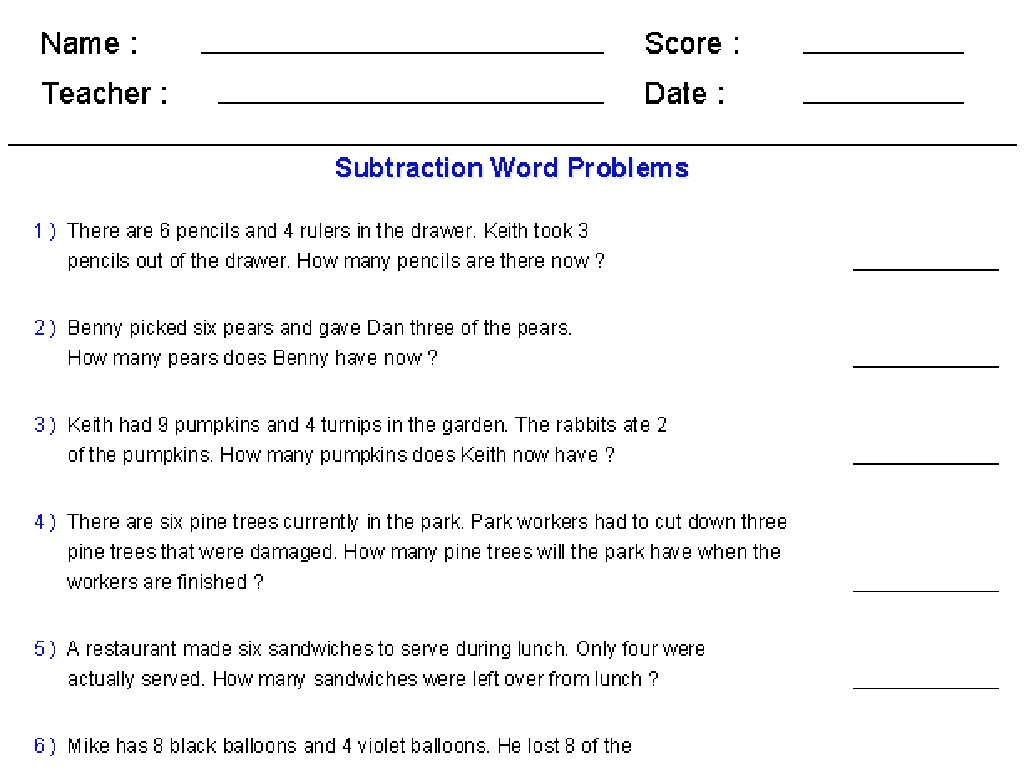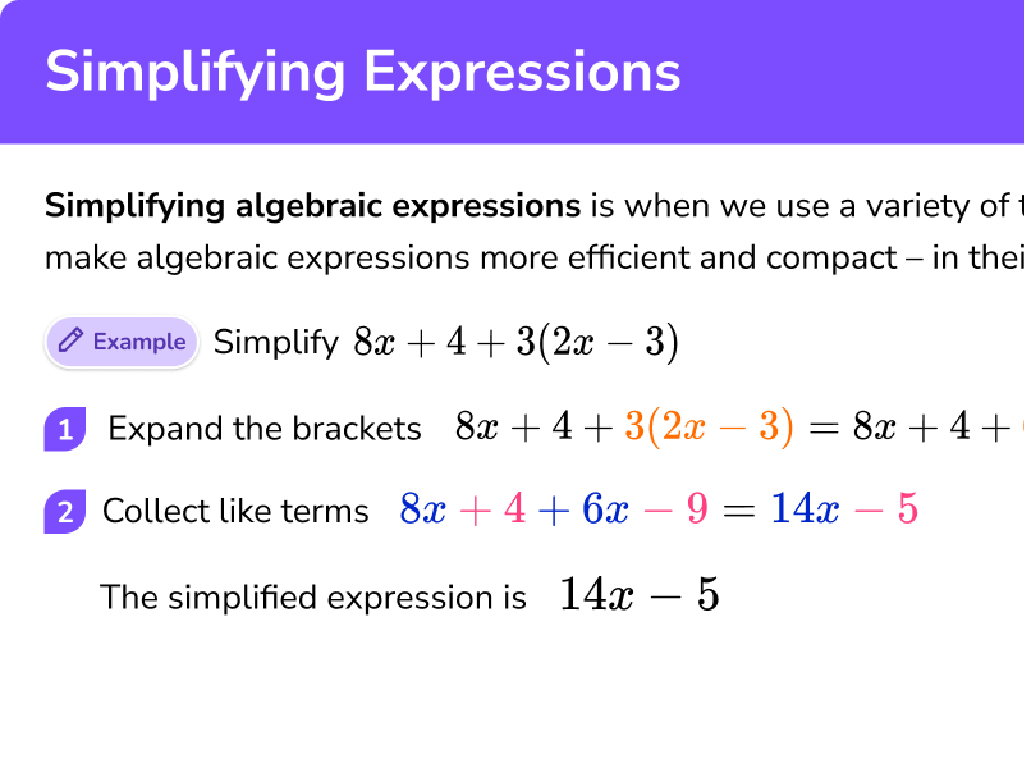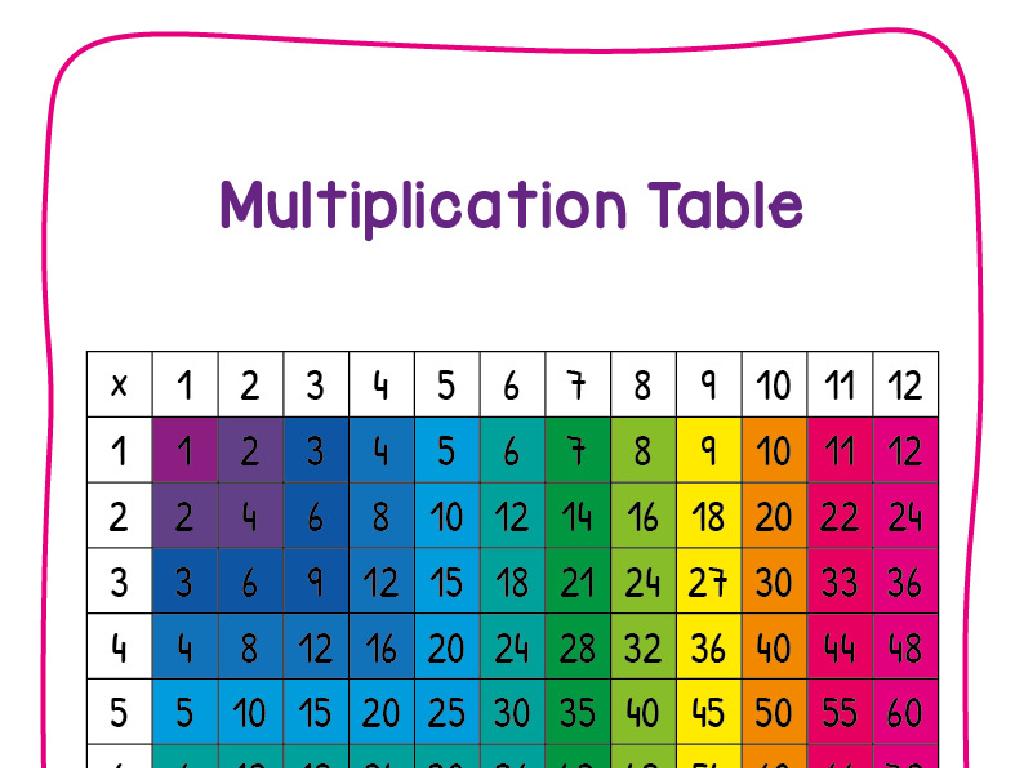Formatting Street Addresses
Subject: Language arts
Grade: Fourth grade
Topic: Formatting
Please LOG IN to download the presentation. Access is available to registered users only.
View More Content
Introduction to Formatting Street Addresses
– Understanding Formatting
– Formatting means arranging text clearly.
– The Importance of Formatting
– It helps us read and understand information quickly.
– Today’s Lesson: Street Addresses
– We’ll learn how to write addresses neatly and clearly.
– How to Format Addresses Correctly
– We’ll practice writing addresses with all the needed parts.
|
This slide introduces the concept of formatting in the context of writing street addresses. Begin by explaining what formatting is and why it’s important in everyday communication, emphasizing clarity and comprehension. Then, narrow down to the day’s focus on street addresses, explaining that a properly formatted address includes specific details such as the recipient’s name, street number, street name, city, state, and ZIP code. Use examples of addresses on envelopes to illustrate. Encourage students to think about why it’s important for mail to be addressed correctly, setting the stage for hands-on practice in writing their own formatted addresses.
Understanding Street Addresses
– What is a street address?
– It’s a way to describe where someone lives or a business is located.
– The parts of a street address
– Includes house number, street name, city, state, and ZIP code.
– Examples of street addresses
– 742 Evergreen Terrace, Springfield, OR 97477
|
This slide introduces students to the concept of street addresses, which are essential for locating homes and businesses. Begin by explaining that a street address is a detailed way of describing a location. Break down the parts of an address, such as the house number, street name, city, state, and ZIP code, and how each part is important. Provide clear examples of full addresses, and consider showing a map or a picture of a house with its address displayed. Encourage students to think about their own address and how it helps mail and packages get delivered to their homes.
The Importance of Correct Address Formatting
– Helps mail services
– Proper formatting helps postal workers sort mail quickly and efficiently.
– Ensures accurate delivery
– Correct addresses help ensure your mail goes to the right place without errors.
– Avoids confusion
– Clear formatting reduces the chance of misunderstandings in delivery.
– Prevents delivery delays
– Incorrect addresses can cause packages to be late or lost, leading to frustration.
|
Understanding how to format a street address is crucial for ensuring that mail and packages are delivered correctly and on time. Teach students the standard format for writing addresses, which includes the recipient’s name, street number, street name, city, state, and ZIP code. Emphasize the importance of writing clearly and double-checking for mistakes. Provide examples of properly formatted addresses and common errors to avoid. Discuss how postal services rely on correct formatting to sort and deliver mail efficiently, and how mistakes can lead to delays or lost items. Encourage students to practice by writing their own address and addresses of friends or family members.
Formatting Street Addresses
– Write the recipient’s full name
– Include street number and name
– Example: 123 Apple St.
– Add city, state, and ZIP code
– Example: Orlando, FL 32801
– Don’t forget the return address
– Your own name and address
|
When teaching students how to format street addresses, start by explaining the importance of including all necessary details to ensure the mail reaches the correct destination. Begin with the recipient’s name, followed by the street number and name, which helps the postal service locate the house or building. Next, the city, state, and ZIP code narrow down the location further. Finally, the return address is crucial in case the mail needs to be returned. Use examples on a whiteboard or handouts, and perhaps have students practice by writing an address on an envelope.
Examples of Formatted Addresses
– Residential Address Example
– 123 Maple St, Springfield, IL 62704
– Business Address Example
– Toys Galore Inc, 456 Toy Ln, Chicago, IL 60607
– P.O. Box Address Example
– P.O. Box 789, Decatur, IL 62525
|
This slide provides clear examples of different types of addresses that students may encounter. A residential address is where someone lives, and it typically includes a street number, name, city, state, and ZIP code. A business address is similar but is for a place of business. A P.O. Box address is used when someone receives mail through a box at the post office instead of at home or work. Encourage students to notice the structure and punctuation in each example. Discuss why different address formats are used and the importance of writing them correctly to ensure mail delivery.
Class Activity: Address Formatting
– Write a letter to a classmate
– Include correct return & destination addresses
– Return address: top left; Destination: middle
– Exchange letters with a peer
– Review each other’s address format
– Check for street, city, state, ZIP code order
|
This activity is designed to help students practice formatting street addresses correctly. Students will write a friendly letter to a classmate, including both a return address and a destination address on the envelope. The return address should be placed at the top left corner, while the destination address should be centered in the middle of the envelope. After writing the letters, students will exchange them with a partner and review each other’s work to ensure the addresses are formatted properly. Teachers should guide students to look for the correct order of street, city, state, and ZIP code, and use proper capitalization and punctuation. This hands-on activity not only reinforces the lesson on address formatting but also encourages peer learning and communication skills.
Wrapping Up: Address Formatting
– Why proper formatting matters
It helps mail reach the right place!
– Key points to remember
Remember: street number, street name, city, state, and ZIP code.
– Time for questions and answers
What questions do you have about addresses?
– Practice makes perfect
|
As we conclude today’s lesson on formatting street addresses, it’s crucial to remind students why proper formatting is important it ensures that mail and packages are delivered to the right location. Review the key components of an address: the street number, street name, city, state, and ZIP code. Open the floor for a Q&A session, allowing students to ask questions and clarify any doubts. Encourage them to practice writing addresses correctly at home, perhaps by sending a letter to a friend or family member. Reinforce the lesson by highlighting the real-world application of this skill.






